Katalyte®

This is a Brand of a special chemical catalyst helping Quality Aqueous Solution as well as descale.
It comes from Catalyst + electrolyte. The additive used for our electrolysis activated water generator i.e eKlean and Waterlox.
You will be given an exclusive right to handle high quality hypochlorous acid generated with Katalyte.
The company also provides patent-received measurement bottles for measuring the input amount in order to ensure the generation of high-quality and accurate amount of hypochlorous acid.
Pharmaceutical grade hypochlorous acid can be generated by feeding exact amount of the Katalyte additive.
Other Auxiliary Water Technologies
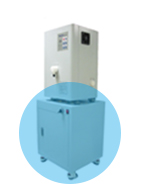
A device used for homogenizing the properties of water.Product overview: Since all water has different properties, it is correct to say that different raw materials are fed into machines that process water. In other words, the outputs can vary as input materials are different. Serious problems or malfunction may occur due when wrong materials are used like “feeding diesel fuel into a gasoline car”. KTCC possesses patented technologies, equipment, field experience and big data to ensure ECA machines perform for a long period without malfunctioning
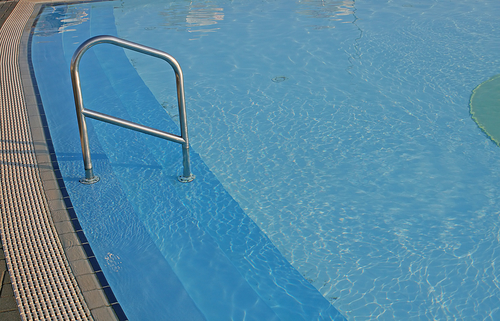
Indoor pool water has to be disinfected regularly. This equipment is designed to the water disinfectant (NaOCl, 10,000 ppm) that is mainly used for disinfecting indoor pools. This device can be added to or replace the existing water purification and disinfecting system.
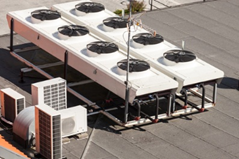
Indoor air conditioning systems of buildings have to be disinfected in a regular manner. Legionella bacteria living in unsanitary air condition systems are one of the main causes of outbreak. The occurrence of this issue can be resolved by removing the bio film generated inside air conditioning systems and keeping them clean.
This equipment is designed to generate sodium hypochlorite (NaOCl, 10,000 ppm) – a disinfectant mainly used for disinfecting water inside the pipes of air conditioning system.
This equipment is designed to generate sodium hypochlorite (NaOCl, 10,000 ppm) – a disinfectant mainly used for disinfecting water inside the pipes of air conditioning system.

Minerals accumulated from water flowing inside pipes of heating system can deteriorate the heating efficiency in the short term and cause the breakdown of the system by blocking the pipes in the long term.
Difference in the properties of water will affect the result in terms of period and more fossil fuel should be used when the problem occurs. This issue can be resolved using the water standardization equipment and low-voltage electrolysis technology.
Difference in the properties of water will affect the result in terms of period and more fossil fuel should be used when the problem occurs. This issue can be resolved using the water standardization equipment and low-voltage electrolysis technology.
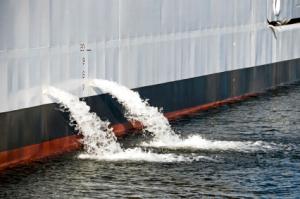
Since the introduction of steel-hulled vessels around 120 years ago, water has been used as ballast to stabilize vessels at sea. Ballast water is pumped in to maintain safe operating conditions throughout a voyage. This practice reduces stress on the hull, provides transverse stability, improves propulsion and maneuverability, and compensates for weight changes in various cargo load levels and due to fuel and water consumption. While ballast water is essential for safe and efficient modern shipping operations, it may pose serious ecological, economic and health problems due to the multitude of marine species carried in ships’ ballast water. These include bacteria, microbes, small invertebrates, eggs, cysts and larvae of various species. The transferred species may survive to establish a reproductive population in the host environment, becoming invasive, out-competing native species and multiplying into pest proportions. The problem of invasive species in ships’ ballast water is largely due to the expanded trade and traffic volume over the last few decades and, since the volumes of seaborne trade continue to increase, the problem may not yet have reached its peak yet. The effects in many areas of the world have been devastating. Quantitative data show that the rate of bio-invasions is continuing to increase at an alarming rate and new areas are being invaded all the time.
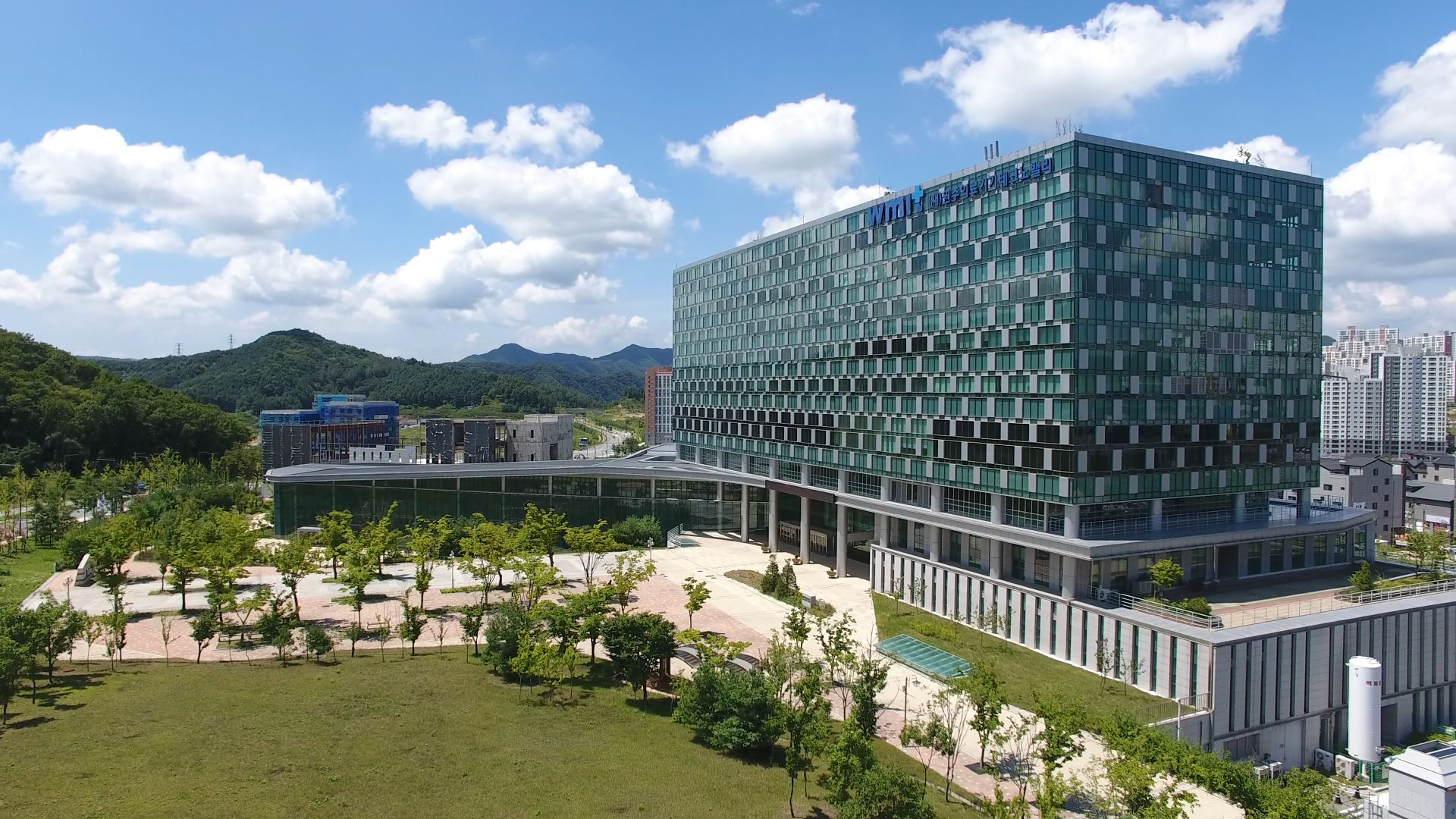
Follow Social